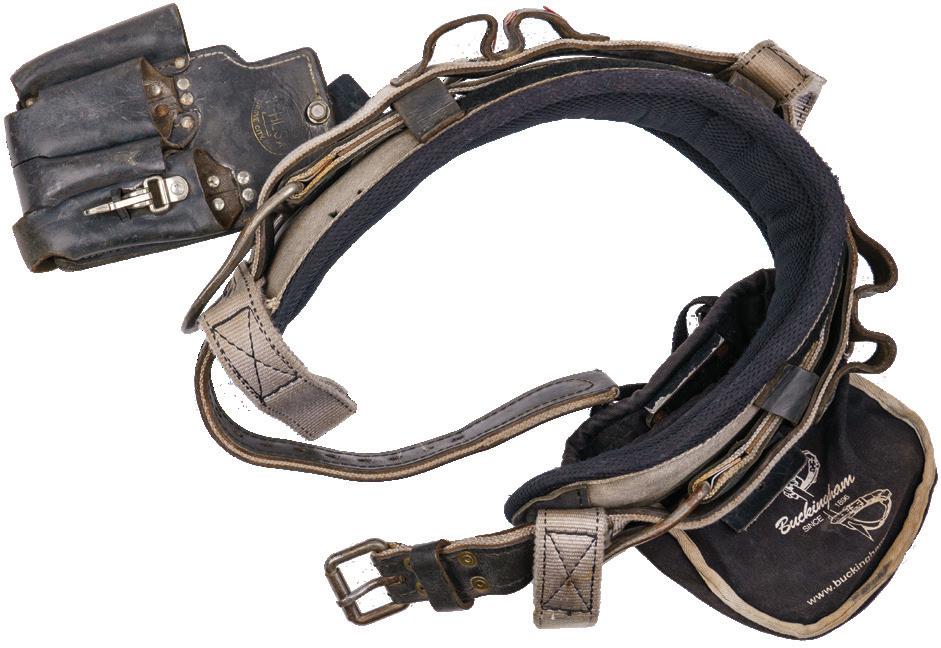
3 minute read
POWER ESSENTIALS
Learn more about the tools lineworkers need to power your power
Photos by Burns Thornton
1. INSULATED RUBBER GLOVES
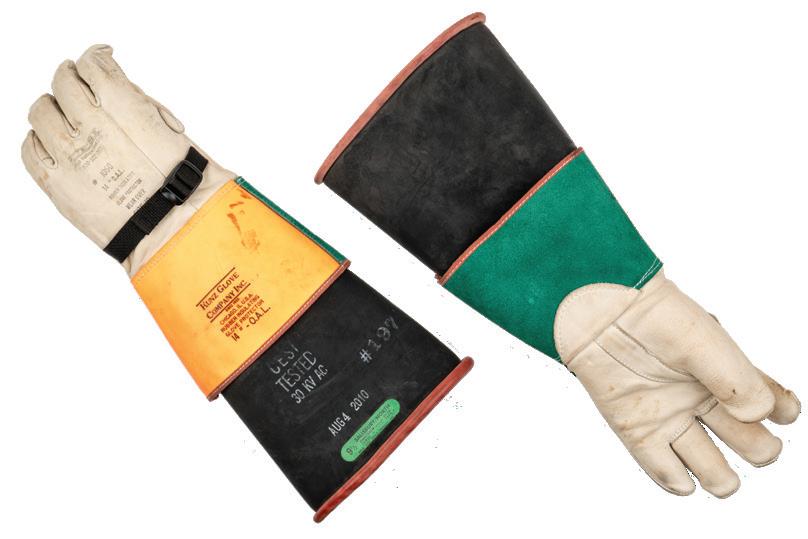
Insulated rubber gloves are important for protecting against electric shock. These rubber gloves are made to protect against various levels of voltage. Gloves made out of tough leather are typically used over the rubber gloves to protect the rubber from damage.
2. CLIMBING SPIKES
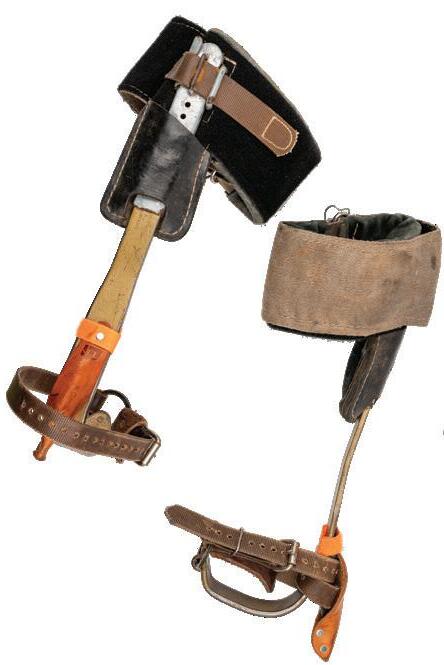
Climbing spikes, also known as hooks, gaffs, climbers, and spikes, are metal spikes that are strapped to a lineworker’s boots to help them climb utility poles. Climbers consist of a leg iron that wraps around the bottom of the foot and a spike, called a gaff, that sticks out of the leg iron near the climber’s ankle. The height of the leg iron can be made from steel, aluminum alloy, or titanium and it can be adjusted to suit the comfort of the lineworker. The spike, or gaff, is always made from steel so that it’s durable as it penetrates the utility pole.
3. HARD HAT AND SUNGLASSES
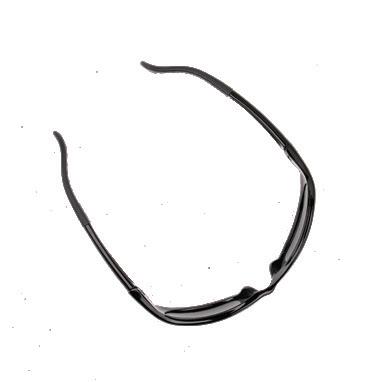
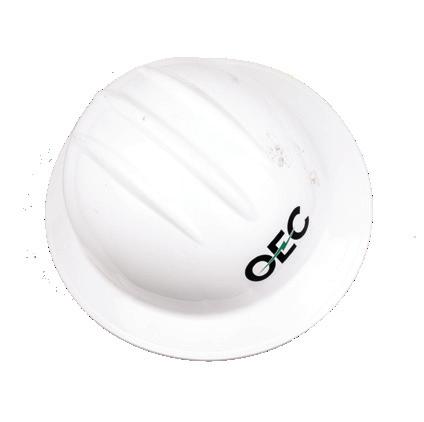
Safety is our number one focus at OEC. Hard hats are an important piece of safety equipment that are used at all times. The outer shell of most hard hats is lightweight but durable to protect the head from falling debris and a blow from a fall. Sunglasses are essential for eye protection from debris and bright light flashes.
4. FALL RESTRAINT SYSTEM
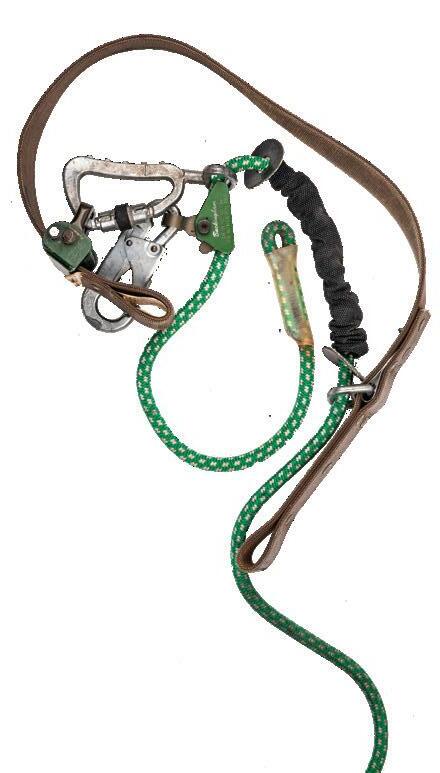
Fall restraint systems use the climber’s body weight to mechanically cinch and lock a device around the utility pole to stop a fall if a lineman’s climbing spikes lose contact with the pole. The equipment provides a limited fall arrest, especially for bare sections of a pole where a climber could free fall for more than two feet.
5. CLIMBING BELT AND HARNESS

When climbing utility poles, it is important for lineworkers to use climbing belts and harnesses to prevent falls. Quality belts, harnesses and straps should be used that can effectively support the weight of the workers.
6. SECONDARY LANYARD
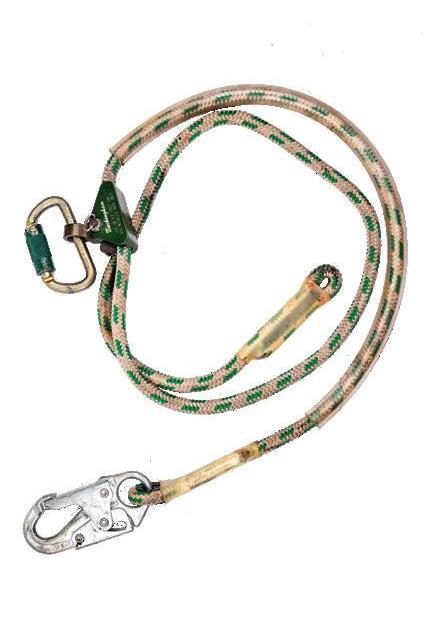
Lanyards are flexible ropes or straps that connect the harness to an anchor, lifeline, or deceleration device. Lanyards help lineworkers reposition the fall restraint lanyard around an impeding object and maintain a constant point of contact.






